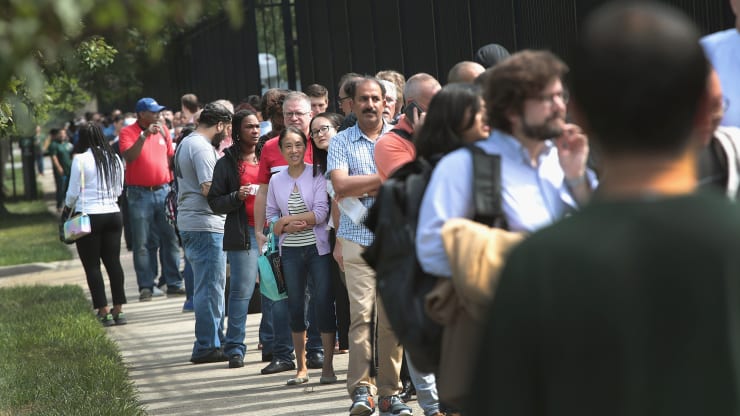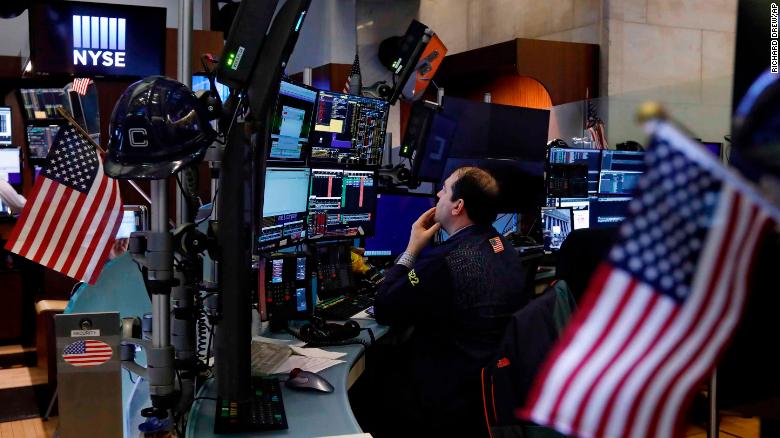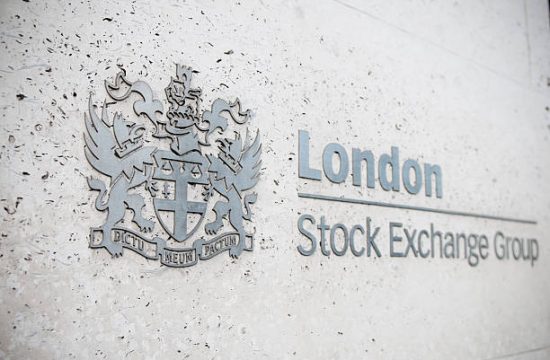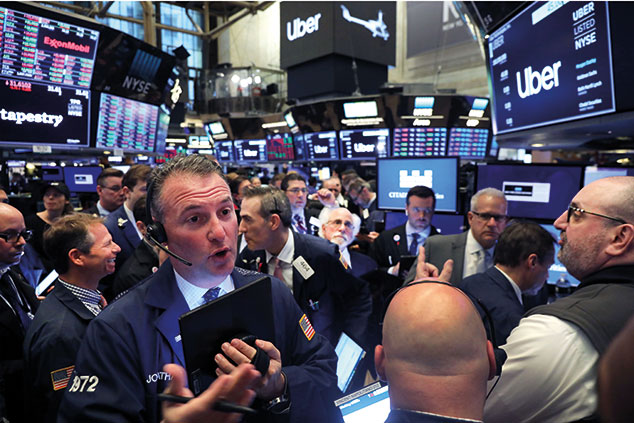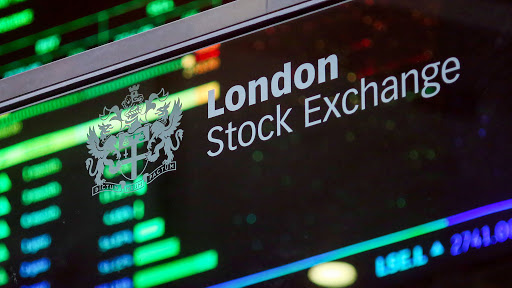U.S. initial jobless claims surge again at 6648K vs 3700K estimate for the week ending March 28. This is a new unfortunate record. A bad figure was anticipated, as a large number of Americans were unable to fill unemployment claims in the previous week due to high demand and as the impact of the COVID-19 is becoming more visible. But this is worse than anyone could have ever imagined.
To put into context how large these figures are: 1) the previous week, jobless claims peaked at 3283K, which was already in the high range estimate; 2) before that, the record high was set at 695K in 1982 when the United States went through recession due to the Fed’s contractionary monetary policy. The current level of unemployment claims in California (878K) alone surpasses the record of 1982.
In the below chart, we see the evolution in America’s four largest economies (California, New York, Texas, Florida) which represent one-third of US GDP. Total jobless claims skyrocket at 1747K. The sharp jump in jobless claims in California, which was one of the first major states to order all residents to stay home, certainly gives an idea of what is coming next in other states that implemented containment measures at a later stage. A wave of much uglier labor market data is about to start.
Note that, because of the timing of the Labor Department’s surveys that take place during the week that contains the 12th day of the month (which means before the impact of the COVID-19 was visible), the March Employment Report that is due tomorrow at 12:30 GMT is unlikely to show the bulk of layoffs that has happened over the past month. Simply stated, the March NFP report has zero value to assess labor market disruption related to the coronavirus. Investors will need to wait for the April Employment Report to be released on May 8.
Our baseline forecast (chart below):
If we make the assumption that NET job losses reach 10M in March, which might not be far from reality, the “real” number of unemployed people as a percentage of the total labor force is probably close to 9-10% in March. Such a monthly increase would be unprecedented in modern history.
Best regards.

